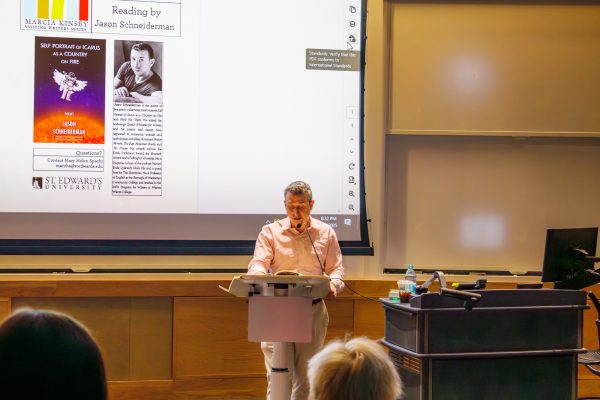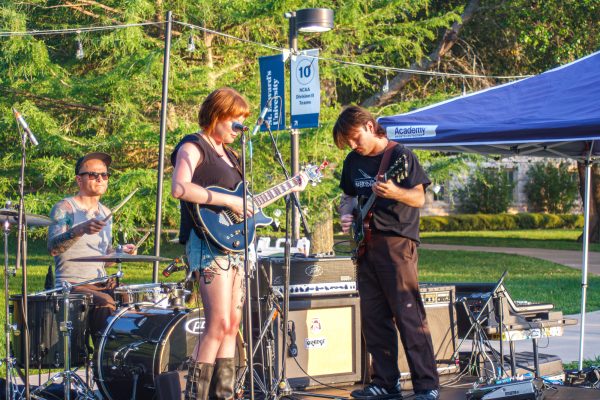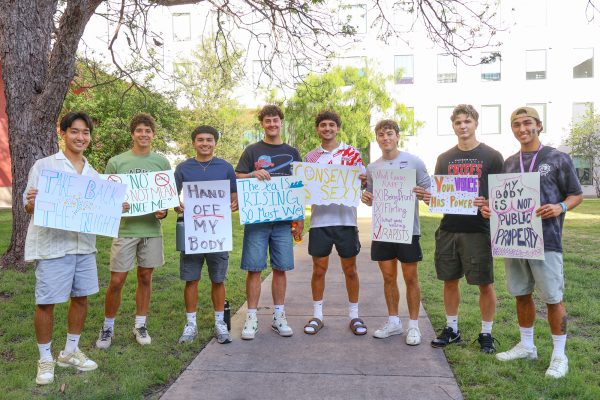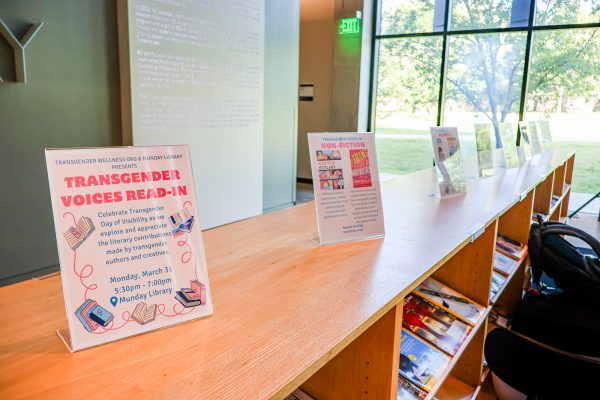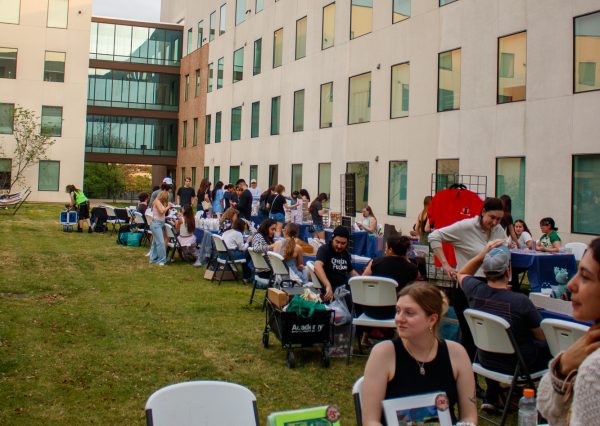World Relations major says tattoo has no relation
Upon receiving his first tattoo at 18, Jonathan Stoughton has gotten used to people asking him the same question over and over and over again.
“What does it mean?” They say, pointing to the cluster of bright red flowers around his left elbow.
“Nothing,” he says. And he means it.
As a global studies major, Stoughton is self-proclaimedly “not an artist,” but he believes the tattoo artist who created his tattoos made art subject to interpretation.
“There shouldn’t have to be a definitive answer to what my tattoos mean just as there’s no definitive meaning for works of art,” Stoughton said. “It’s the same thing.”
Stoughton decided to get his first tattoo when his cousin, who he was living with at the time, suggested they both get inked together. Stoughton agreed, but was unsure what he wanted.
“I looked around my room and saw my Pink Floyd album, ‘Wish You Were Here,’ and on the back cover there’s an image of the Invisible man,” Stoughton said. “He’s standing there in his top hat in the desert, which reminded me of Arizona where I grew up. That was it.”
As a later addition to the Invisible Man on his elbow, Stoughton had bright, detailed flowers tattooed surrounding The Invisible Man. On his calf, mirroring the brightness of colors, Stoughton also has a spider, desert coyote, scorpion and sunset mountain interconnected in friendly colors like turquoise, rose and yellow.
“I think there are lots of misconceptions about tattoos,” Stoughton said. “My friend works in a car dealership and he has to cover up everyday to hide his tattoos because a customer may not want to buy a car from him looking like a ‘thug’. The thing is, why is it we think we can tell if someone is a better or worse person by only looking at their skin?”
Stoughton recognizes the historical implications of tattoos as symbols of crimes done or debts paid.
“These ideas on tattooing are antiquated and people with tattoos should be judged on their character and nothing more,” said Stoughton. “In many Polynesian cultures tattoos are valued, many times carrying the stories of families or heritage. It’s not a western view, but it’s important to the people.”
Unlike tattoos of some indigenous peoples, Stoughton’s tattoos will continue to be questioned by curious strangers and art admirers alike, but Stoughton is okay with that.
“The tattoo artist who made this articulated my vision, so the art is theirs and ours to interpret,” he said. “Art always has a purpose, but it’s always different.”


